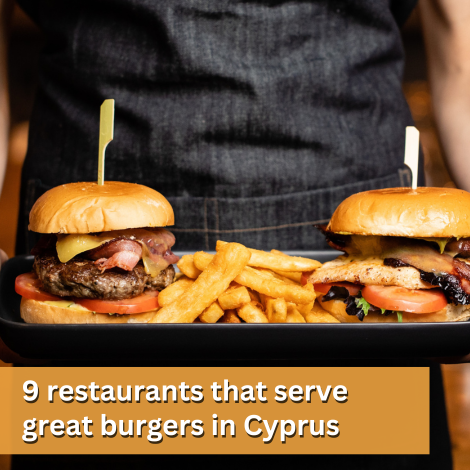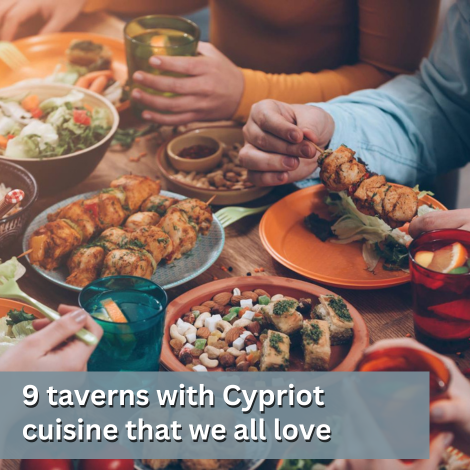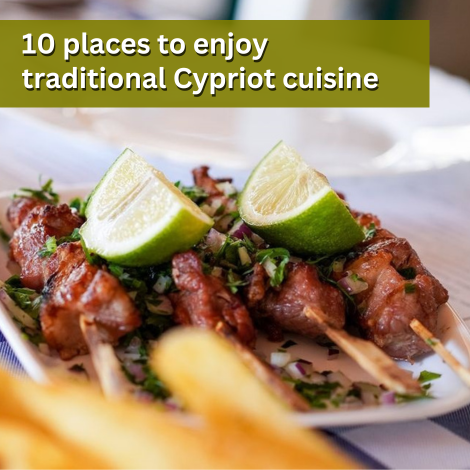30 July - Double World Day
Double World Day: Friendship and Anti-Human Trafficking
30 July: Double World Day
Double day of Friendship and World Day Against Human Trafficking
Part 2
30th July has been set by the UN as World Day of Friendship and World Day Against Human Trafficking.
Two very important universal senses are honoured today, as each 30th July. Friendship, a sense with sacred significance and priceless value, and the fight against the illegal distribution and human trafficking, the blatant violation of human rights that unfortunately has expanded all around the world...
Human trafficking is the picking, the transportation, the harboring of people via threat or use of violence or other forms of coercion, kidnapping, deceit, fraud, abuse of force or corruptible situation, or payment or reception of money aiming at the consent of individuals so that to use power on another person aiming the exploitation.
Exploitation includes the prostituting of an individual, or other forms of sexual exploitation, obligatory work or services, work or actions similar with work, submission or abstraction of bodies. The profits that the world trade of persons yields in the criminal networks, can be compared only with those corresponding to trade of drugs and weapons.
Every year, above 27 million people, become victims of human trafficking, and from them, the 20% are children, according to the world report of UN, which marks that this enterprise has turnover above 24 billions of euros every year, on the occasion of 30th July that has been set as World Day against the illegal distribution and human trafficking (World Day Against Human Trafficking).
Trafficking is characterized as modern form of slavery, it constitutes blatant violation of human rights and does not know borders. Trafficking has mainly feminine gender, since human trafficking aiming at the sexual exploitation continues constituting the widespreadest form of (the 67% of recorded victims). Human trafficking for labour exploitation come after that (21% of recorded victims). Over three-quarters of the reported victims are women (76%), while at least 15% are children.
Forms of exploitation
1. Sexual exploitation: It is the human trafficking and distribution of people for the purpose of forcing them into sexual acts for cash or non-cash exchange.
Human trafficking might have been eliminated 150 years ago, but in 2018 there are more slaves than ever before. Women who leave their country looking for a better fortune and are entangled in the nets of international prostitution circuits.
No country does not abstain from this. Even in our country, dark secrets are hidden behind closed doors, which most people ignore. As much as if we believe that we live in a free world, many things that happen around us are enough to remind us, that the lack of freedom dominates everywhere.
For the human traders, victims are only a piece of meat and they believe that they can make with them what they wish. Terrible human stories are beyond imagination. People that behave worse than animals, stories of beatings, gang rapes, exploitation and coercion in unadmitted actions for the pleasure of certain subhumans. The girls often are kept isolated until they give in. The majority of women come from poor layers of former socialist countries. Usually, they are aware that they are destined to be prostitutes. They do not always know, however the conditions of slavery under which they will have to be in. Women often are sold for 5 and 10 Euros.
Hardly 1 or 2 in the 100 individuals accomplish to be released from their traffickers and they are saved. Malnutrition, lack of sleep, the inhuman conditions of work as well as bodily and sentimental abuse are for the victims of trafficking a daily phenomenon.
2. Labour exploitation: It is all kinds of work or service that is extracted via coercion by any individual under conditions of violence or under the threat of violence (natural or mental).
The committee report refers that most recognized victims are men, even if women and children are badly affected also. Men often being exploitated in the industries, including agriculture, manufacturing and ishery, while the women tend to be exploitated in more isolated places, as the domestic work or providing care - where it is sometimes victims simultaneously labour and sexual exploitation. The immigrants workers are in danger particularly from exploitation, according to the report, which shows us also that increasing tendency for hiring for abusement via Internet and the social media exists. Victims are often unwilling to be presented, because they are afraid the deportation or reprisal from criminal networks of traffickers. Prosecutions and the condemnations of perpetrators are also very infrequent.
3. Trade of human parts: It is the coercive detachment of body parts, human tissues or cells from the body of living person aiming the exploitation/trafficking.
Illegal trade of human parts is henceforth unverifiable, based on the data of World Organisation of Health. Above 10.000 enterprises of body parts in black market of human parts take place every year, number that substantially corresponds in more than one intervention every hour. An increase of this illegal activity, is estimated that it is connected with the increasing demand for transplantation of kidneys in world level, something that has to do with the more frequent cases of diabetes and other illnesses.
4. Children trafficking: It is the coercive exploitation of underaged - children aiming their labour and/or sexual exploitation, as well as the coercive detachment of their body parts for money and in some cases their obligatory integration in groups that participate in armed conflicts.
The incidents of disappearred children refugees are not denounced so they do not activate their rescue and deliverance, as is the “European Line for the Disappearred 116000” and Amber Alert Hellas that Organisation "Chamogelo tou Paidiou" activates.
European and International evidence for Human Trafficking
According to the International Organisation of Labour (ILO):
• 20.9 million people are victims of human trafficking in the world
• The 68% of them are trapped in coercive work.
• The 26% of them are children and the 55% are women and girls
• Coercive work and human trafficking is one from the most profitable criminal industries, that brings 150 million dollars every year around the world.
On the occasion of 30th July that has been set as (World Day Against Human Trafficking), the SG of UN António Guterres, points out that "Human trafficking is a vulgar crime that supplies inequalities, instability and conflicts. Traffickers of humans, he said, profit from the hopes and despair of populations and exploit vulnerable people, depriving them from their fundamental rights.
Children, young individuals, refugees and immigrants are particularly vulnerable. Illegal distribution does not know borders and takes various forms. Traffickers act, many times without legal consequences and their crimes do not receive the proportional attention, SG of UN reports.
UN, notices, is commited to promote action in order the traffickers to be brought to justice, while at the same time protects and supports the victims", Secretary General of the United Nations, António Guterres, says.
Invite all people around the world to be focused in prevention, protection and prosecution so that a future can be built without this kind of crime to exist.

 English
English
 Ελληνικά
Ελληνικά Русский
Русский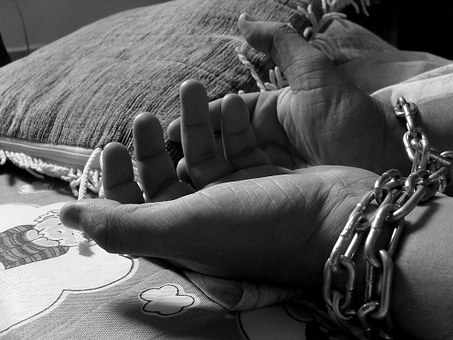
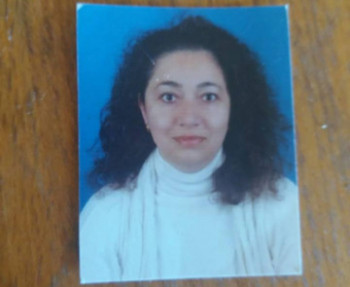 Posted by
Irene Polia
Posted by
Irene Polia


